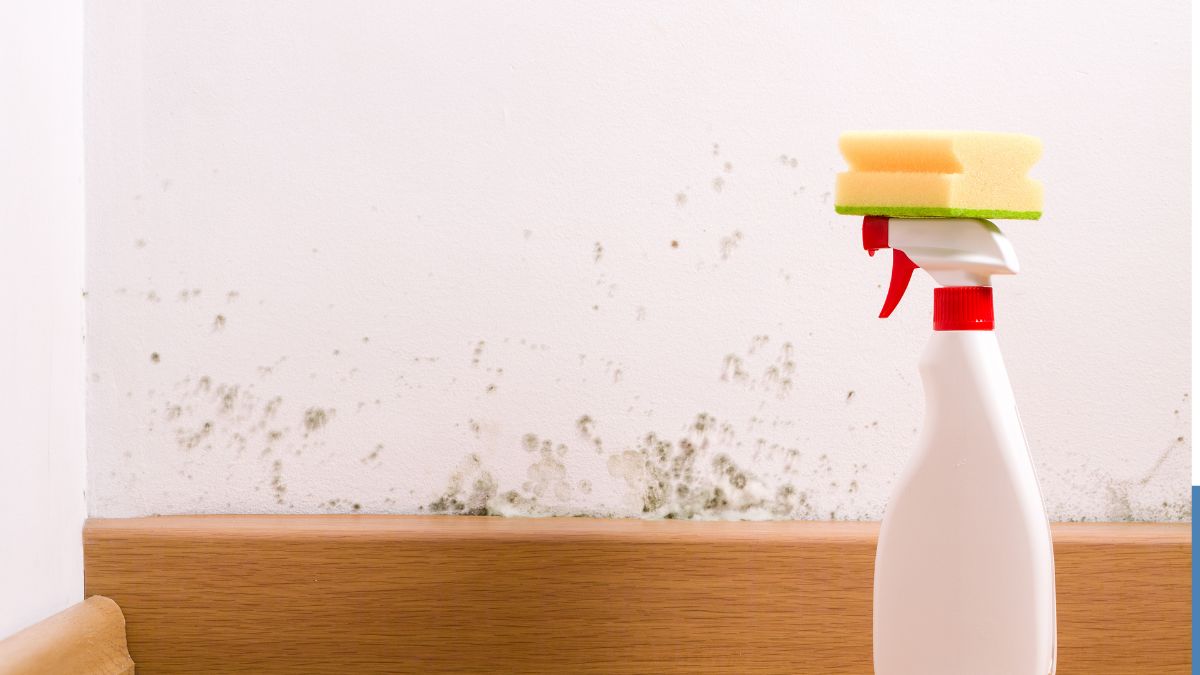Mold in the home can present itself in various colors. Recognizing these colors can help you identify potential risks and address mold issues promptly. Here, we explore the different types of mold colors commonly found in households.
Black Mold
Black mold is one of the most well-known mold color types, and it often incites concern due to its association with health risks. The most infamous is Stachybotrys chartarum, also known as toxic black mold. This mold thrives in damp, leaky areas like basements and roofs. It can produce harmful mycotoxins that lead to respiratory issues, headaches, and even blood poisoning.
However, not all black molds are toxic. Alternaria and Aspergillus are other types of mold colors that can appear black. While Alternaria is less dangerous, often exacerbating asthma, Aspergillus is a common household mold that usually doesn’t pose severe health risks unless found in large quantities.
Read more: The Truth About Black Mold!
White Mold
White mold is another frequently encountered color, often appearing fuzzy or powdery. Chaetomium is a type that prefers dark, damp areas and can emit a musty odor. Penicillium, which can sometimes appear white, is significant in medical history for penicillin but can cause allergic reactions if mishandled. Alternaria, which can change colors based on conditions, is another common white mold.
Yellow Mold
Yellow mold can be quite deceptive, ranging from pale to bright hues. Aspergillus can sometimes appear yellow, typically low-risk but requiring attention if found in large amounts. Serpula lacrymans target wood, threatening structural integrity rather than health. Epicoccum nigrum and Geomyces pannorum are other yellow molds that thrive in damp conditions. Particular caution is needed for yellow slime mold, an unrelated organism that is very toxic.
Red Mold
Red mold is often seen on water-damaged materials like drywall and particleboard. While the color red can appear in various molds, Aspergillus is a common culprit due to its prevalence. Neurospora is more likely the red mold found on food, indicating spoilage.
Green Mold
Green is the most common color for mold, with thousands of molds appearing green at some point in their lifecycle. The different types of mold colors that typically appear green include Aspergillus, Penicillium, and Cladosporium. While green mold is common, it is still essential to address it to prevent potential health issues and structural damage.
When in Doubt, Call in the Professionals
Identifying different kinds of mold colors can help you understand the potential risks and take appropriate action. Mold, regardless of color, can pose health risks and damage your property. For a thorough and safe solution, contact Mold-B-Gone Remediation, your mold remediation experts in Atlanta.

